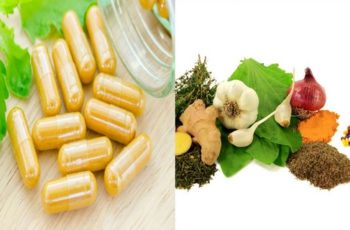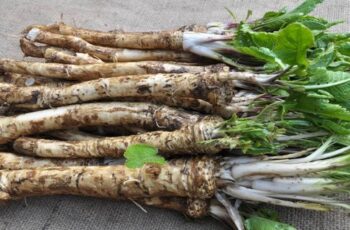Ad Blocker Detected
Our website is made possible by displaying online advertisements to our visitors. Please consider supporting us by disabling your ad blocker.
How To Keep Your Tomato Plants Producing – 5 Secrets To Grow More Tomatoes!
Are you eager to discover some exclusive tips and techniques that will help your tomato plants yield an abundant and exceptionally delicious harvest this year?
Tomato enthusiasts truly cherish their plants, as they are not only the most popular vegetables to cultivate but also incredibly versatile in their culinary applications. The sheer number of delectable dishes you can create with tomatoes is truly astonishing!
From enhancing salads, juicing, or savoring their fresh slices to being a vital component in homemade salsa, sauce, ketchup, chili, sun-dried tomatoes, and much more, tomatoes play a pivotal role in a wide array of recipes. This is precisely why maximizing your tomato plant’s productivity is of utmost importance!
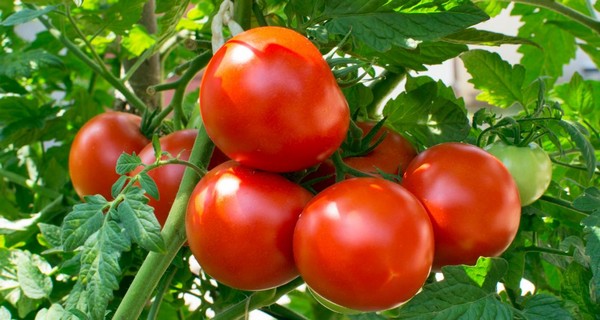
By performing a handful of straightforward summertime tasks, you can effectively maintain the health and productivity of your tomato plants until the arrival of the first frost.
Curious about the secrets to maintaining your plants’ strength and productivity throughout the entire season? While proper watering and fertilizing play significant roles in achieving success, there are a handful of surprising tips and tricks that can truly make a difference in enhancing your plants’ productivity.
With that in consideration, here are five substantial tips to ensure your plants produce an abundance of tomatoes like never before this summer!
5 Tips To Keep Tomato Plants Producing In The Summer
Before delving into our tips and tricks, it’s essential to understand that there are two types of tomatoes: determinate and indeterminate. The type you grow will determine whether they last throughout the entire season or not.
Determinate tomatoes (e.g., Roma tomatoes) produce and ripen all of their fruits within a condensed three or four-week period. These varieties are ideal for those who enjoy preserving, as they yield a significant harvest in a short time, providing ample fruit for storing.
However, after this productive phase, regardless of the care you provide in terms of water and fertilizer, determinate tomatoes will naturally die off. This occurrence often leads gardeners to mistakenly believe that their plants suffer from blight or disease when, in fact, it’s simply the natural conclusion of a determinate variety’s growth cycle.
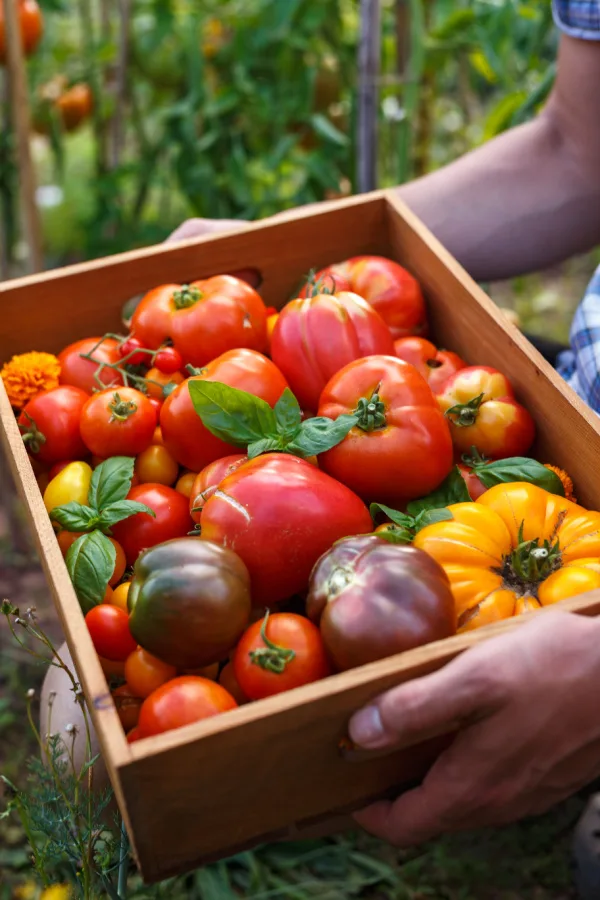 Indeterminate tomato varieties will maintain continuous production throughout the entire season with appropriate care.
Indeterminate tomato varieties will maintain continuous production throughout the entire season with appropriate care.
On the contrary, indeterminate tomatoes exhibit an entirely different growth pattern as they persistently produce throughout the entire summer. The majority of heirloom and larger tomato varieties fall under the indeterminate category. Remarkably, the more attentive care you provide, the more prolific their yield becomes. For indeterminate plants, it all begins with ensuring they receive the necessary water they crave!
#1 Water Smart – How To Keep Tomato Plants Producing
Water is essential for tomato plants to produce both blooms and fruit. During the summer, allowing the plant to completely dry out is one of the easiest ways to hinder or halt fruit production.
To ensure proper growth, tomato plants typically require one to two inches of water per week. If rainfall is insufficient, hand watering becomes necessary. However, the technique of watering is equally crucial. Rather than providing small amounts of water daily, it’s advisable to water the plants deeply a few times a week.
The most effective approach is deep watering every three or four days. This encourages the roots of the plants to grow deeper, safeguarding them from the challenges of heat and drought. For mature plants, approximately one gallon of water with each watering session is ideal.
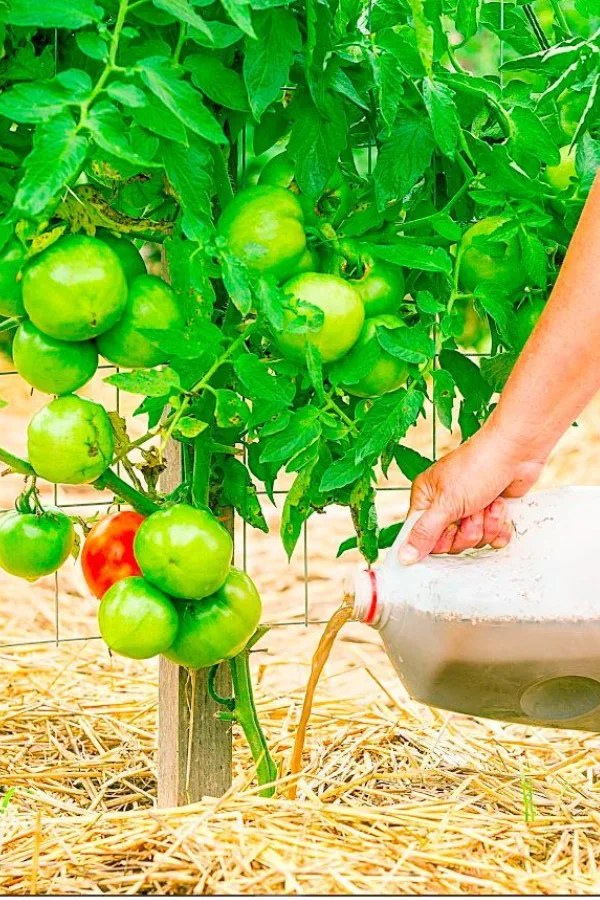
Lastly, when watering, it is crucial to do so at the base of the plants and avoid direct spraying on them. Spraying water directly on the plants can dislodge blooms, promote mildew and mold growth, and even lead to sun scald on the foliage. Additionally, this practice facilitates excessive evaporation, wasting much of your watering efforts. By watering at the base, you can provide the necessary moisture while safeguarding the plants from potential issues and maximizing water efficiency.
#2 Fertilize Smart – How To Keep Tomato Plants Producing
Ensuring proper fertilization during the summer is crucial to maintain continuous plant production. By this time, the plants have already depleted many of the resources available in the soil. Without replenishing them with fresh nutrients, both production and overall plant health will suffer.
The key to successful fertilization lies in the method and choice of fertilizer. Liquid fertilizers are particularly beneficial for summer feeding, as they efficiently absorb through the soil, roots, and foliage of the plants.
When selecting a liquid fertilizer, prioritize those with higher phosphorous and potassium content compared to nitrogen. While nitrogen is beneficial for early growth, phosphorous and potassium play a more critical role in promoting the formation of blooms and fruit.
Excessive nitrogen in your summer feeding regimen will only lead to excessive green growth, producing more branches and leaves at the expense of blooms and fruit. Thus, striking the right balance in nutrient composition is essential for maximizing the productivity of your tomato plants during the summer months. Product Affiliate Link: JR Peters 51324 Jack’s Classic 12-15-30 Tomato Feed
Listen In Below To Our Podcast On How To Perfectly Fertilize Tomatoes!
#3 Pick Your Tomatoes Before They Fully Ripen – How To Keep Tomato Plants Producing
While the idea of plucking a perfectly ripe tomato straight from the vine is enticing, it is actually more beneficial to pick your tomatoes before they reach full ripeness.
Leaving ripening fruit on the vine for an extended period makes it more vulnerable to pests and diseases, leading to disappointment when a once-promising tomato goes bad. Moreover, the longer a tomato remains on the plant, the more nutrients and energy it continues to draw from it.
Surprisingly, when a tomato begins to show slight signs of ripening, it no longer needs to stay on the vine to mature fully. Instead, it is far better to pick it and allow it to ripen in a sheltered area, such as a covered porch, away from direct sunlight. This approach results in fruit with fewer blemishes and enables the plant to conserve energy, leading to a higher yield of tomatoes!
Pick Early…
As a preferred practice, we opt to pick our tomatoes approximately four to five days before their full ripening and let them complete the ripening process on a homemade drying rack situated on our back porch.
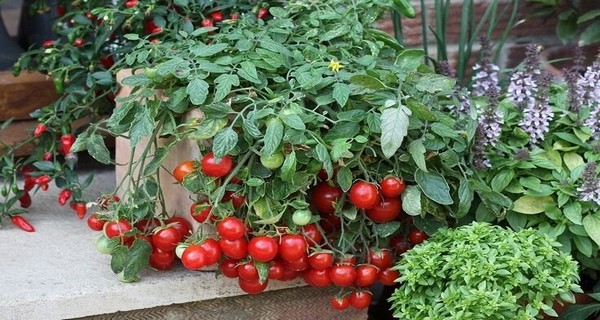
To craft the rack, we utilize hardware cloth and untreated 2 x 4’s, creating an ideal environment for the tomatoes to ripen with added protection and, most importantly, detached from the plant. The hardware cloth design facilitates excellent airflow, allowing the tomatoes to ripen fully on all sides.
An essential tip to remember is to avoid refrigerating the tomatoes for ripening. Cooling temperatures halt the ripening process, resulting in a loss of flavor. So, keeping them out of the fridge ensures that their natural ripening cycle continues to develop their delightful taste!
#4 Pick Often – How To Keep Tomato Plants Producing
Alongside picking your fruit early, the frequency of harvesting can significantly impact the tomato plant’s overall productivity in a single season.
Allowing excess fruit to accumulate on the plant utilizes valuable nutrients and resources while also hindering new production. For indeterminate varieties, leaving too much fruit on the plant can lead to a slowdown or even a halt in the formation of new blossoms.
This occurrence is primarily to prioritize the ripening of the hanging fruit. However, it is worth noting that the fruit ripens more effectively when harvested off the plant. Thus, practicing regular and timely harvesting is key to maintaining a continuous and bountiful tomato harvest throughout the season.
